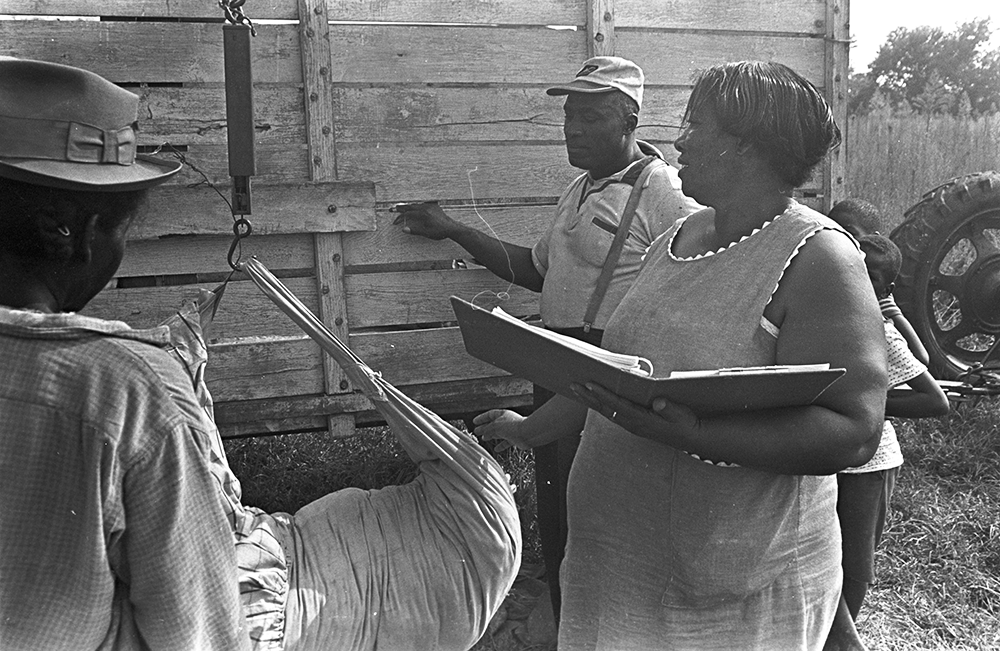
Introduction: Labor and Land
Labor and land have always been central to the struggle for civil and human rights in the United States. In this introduction, we share a few examples.
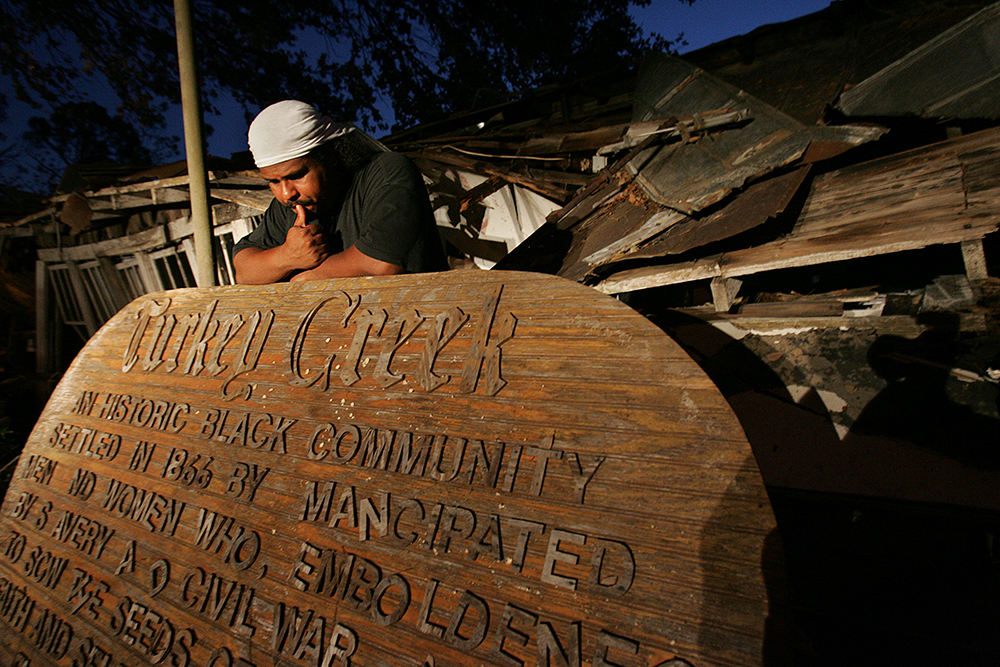
Looking for Justice at Turkey Creek: Out of the Classroom and into the Past
Teaching Reflection by Hardy Thames
Students study the African-American community of Turkey Creek, Mississippi, exploring whether the changes in the community relate to social and economic growth or social justice issues and then create projects with research and action components.

The Role of Black Landowners in the Civil Rights Movement
Teaching Idea by Tiferet Ani
Black landowners provided an indispensable support base for the Civil Rights Movement in Mississippi, as documented in the 82-minute Emmy Award-winning documentary Dirt and Deeds in Mississippi. Find teaching ideas for use in conjunction with film: a Socratic Seminar, a textbook revision project, and ideas for further research.
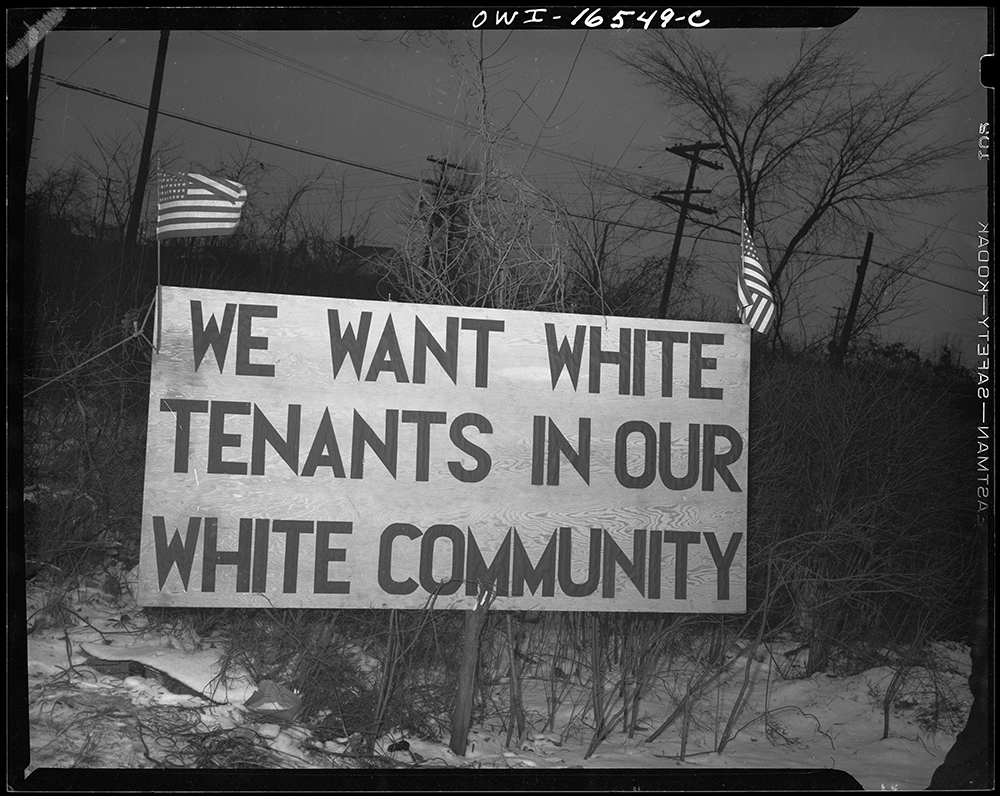
Our House Divided: What U.S. Schools Don’t Teach About U.S.-Style Apartheid
Reading by Richard Rothstein
The widespread belief that our continued residential racial segregation, North and South, is “de facto,” not the result of explicit government policy but instead the consequence of private prejudice, economic inequality, and personal choice to self-segregate is false. In truth, our major metropolitan areas were segregated by government action.
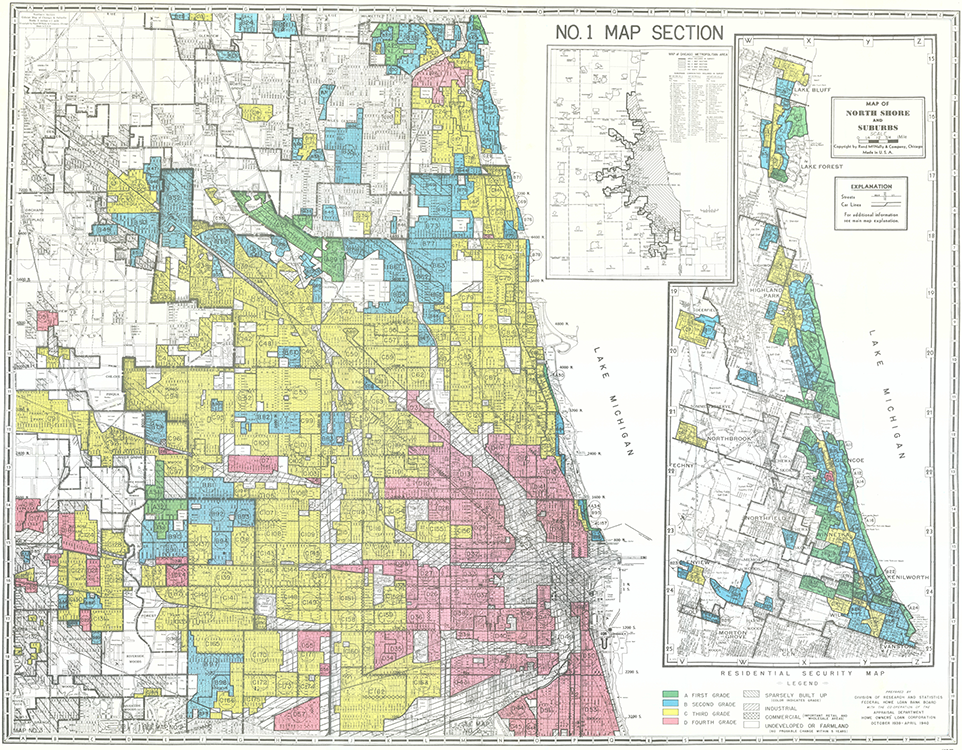
The Case for Reparations
Interview of Ta-Nehisi Coates by Audi Cornish
Ta-Nehisi Coates describes how the legacy of slavery extends to geographical and governmental policies in the United States and calls for a "collective introspection" on reparations.

How Red Lines Built White Wealth: A Lesson on Housing Segregation in the 20th Century
Lesson by Ursula Wolfe-Rocca
The mixer role play is based on Richard Rothstein’s The Color of Law, which shows in exacting detail how government policies segregated every major city in the United States with dire consequences for African Americans.
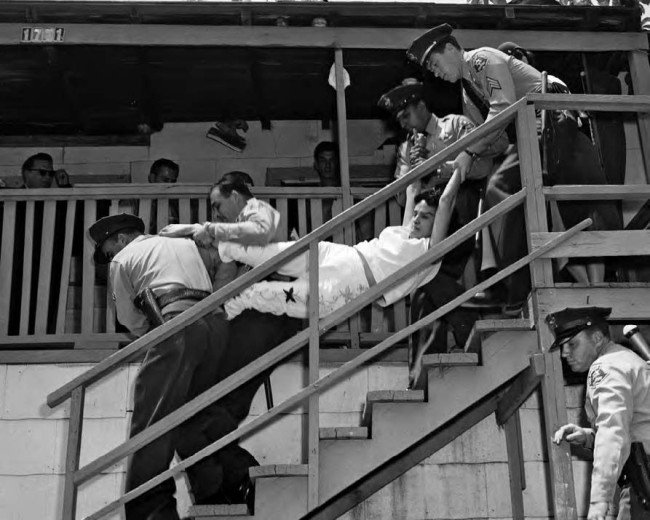
Stealing Home: Eminent Domain, Urban Renewal, and the Loss of Community
Lesson by Linda Christensen
Teaching about patterns of displacement and wealth inequality through the history of Chávez Ravine and the building of Dodger Stadium.
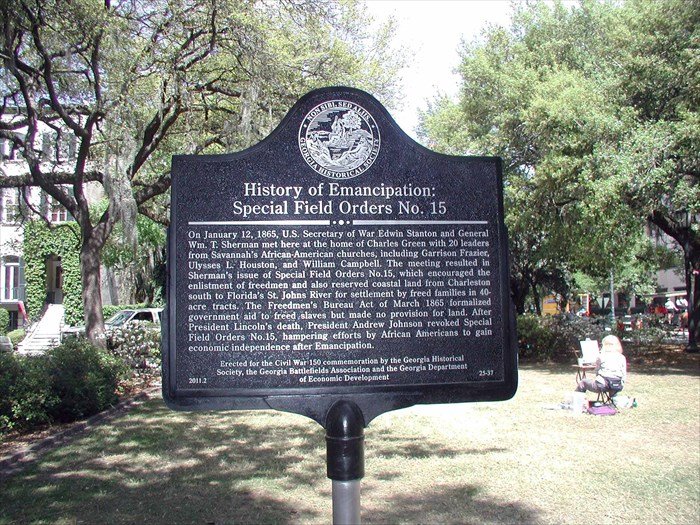
Significant Dates on Black Land Loss and Land Acquisition
Timeline by Federation of Southern Cooperatives Land Assistance Fund with additions from Teaching for Change
A timeline of significant dates.

The Great Land Robbery: The shameful story of how 1 million black families have been ripped from their farms
Reading by Vann R. Newkirk II
A war waged by deed of title has dispossessed 98 percent of black agricultural landowners in America. Through a variety of means—sometimes legal, often coercive, in many cases legal and coercive, occasionally violent—farmland owned by black people came into the hands of white people. It was aggregated into larger holdings, then aggregated again, eventually attracting the interest of Wall Street.
